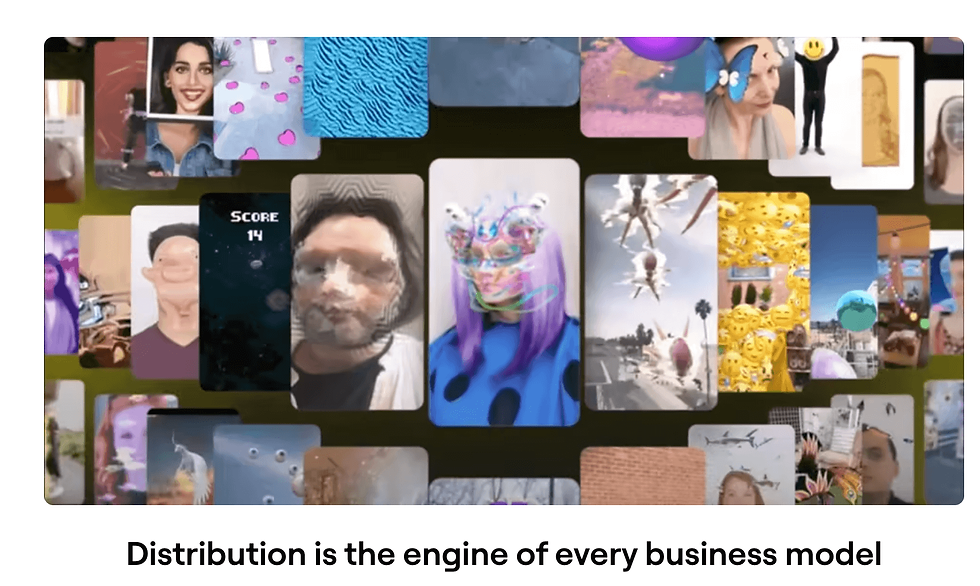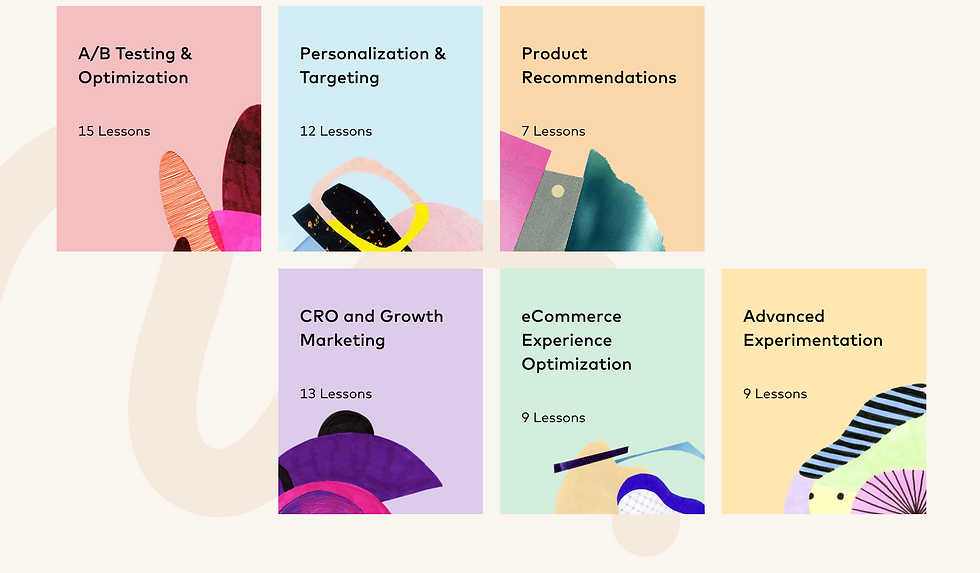Digital Transformation Trends Reshaping the Modern Fashion Industry
- Britta Cabanos

- 1 day ago
- 3 min read

by Contributing Writer; Lisa Walker
In today’s fashion world, creativity isn’t enough — agility, data, and digital precision now define success. From haute couture houses to emerging streetwear brands, every company is rethinking how it designs, produces, and sells. Digital transformation has become the thread connecting artistry to efficiency, enabling faster production, more sustainable operations, and deeply personalized customer experiences.
Principle Points:
Fashion brands are rapidly adopting digital transformation strategies that fuse creativity with data-driven precision. From AI-assisted design and virtual fitting rooms to supply-chain digitization and sustainable production tracking, technology now defines competitive advantage. Below, you’ll find the top transformation trends, a how-to checklist for implementation, and real-world guidance on leveraging smart manufacturing tools to boost operational efficiency. Here are the Digital Transformation Trends Reshaping the Modern Fashion Industry.

The New Fabric of Fashion: Digital Threads & Data Weaves:
Fashion has evolved beyond fabric—it’s now a fusion of pixels, sensors, and predictive analytics. Digital transformation is helping brands reinvent every part of the value chain:
Design: Generative design tools and 3D modeling software (see CLO3D) reduce prototype waste.
Production: Connected hardware from suppliers like Lectra improves material utilization.
Retail: Immersive AR platforms like Obsess elevate online shopping.
Marketing: Social analytics dashboards (check Brandwatch) enable hyper-targeted campaigns.

Image from Lectra
Supply Chain Reinvention:
Trend | Description | Fashion Use Case | Business Impact |
Digital Twins | Real-time virtual replicas of manufacturing and retail processes. | A sportswear brand mirrors its entire supply chain to test sustainability outcomes. | 18% faster production planning. |
Cloud ERP Integration | Unified cloud systems for design-to-delivery data. | Connect inventory to e-commerce analytics via SAP S/4HANA for Fashion and Vertical Business | Reduced inventory loss. |
Predictive Forecasting | AI analyzes consumer behavior and weather data. | A luxury brand anticipates trends for specific regions. | Fewer markdowns, higher margins. |
Circular Production Systems | Tech-enabled reuse and recycling tracking. | Denim producers integrate QR-based material traceability. | Strengthened brand reputation. |
Checklist: How to Begin Your Fashion Transformation:
Use this to identify digital opportunities within your brand:
Strategy & Culture
Align creative and operational teams on shared KPIs.
Assign a digital innovation lead.
Data & Infrastructure
Audit existing data silos and unify them under one analytics system like Looker Studio.
Establish interoperability standards for supplier data.
Operations & Sustainability
Adopt smart manufacturing tools for live process visibility.
Use IoT sensors to track water, energy, and material use in real time.

Snaps Lens Studio
Customer Experience
Implement AR try-on tools such as Snap’s Lens Studio.
Leverage personalization platforms like Dynamic Yield for curated recommendations.

Dynamic Yield
Inside the Smart Factory:
Connected manufacturing is the quiet revolution reshaping fashion operations. By merging connected industrial hardware with IoT-based systems, brands can monitor production, quality, and logistics in real time. These systems gather sensor data across machines to reduce downtime, improve energy efficiency, and guide process adjustments instantly.

For deeper insight into how smart manufacturing solutions help optimize operations and support data-driven decisions, click here for more information. Businesses are also adopting industrial-grade edge computing hardware that blends AI, IoT, machine vision, and data analytics to optimize automation, real-time monitoring, and operational efficiency on the factory floor.
FAQ: Fashion’s Digital Future:
Q: Is digital transformation only for large fashion houses? A: Not at all. Emerging designers use affordable cloud tools and no-code platforms like Bubble.io to compete effectively.
Q: How can sustainability and tech coexist? A: Digital tracking enhances accountability—brands can now prove ethical sourcing and material circularity with blockchain-backed systems such as Provenance.
Q: What’s the next frontier? A: Adaptive production powered by AI—micro-factories that adjust output instantly based on customer data.
Product Spotlight: The Digital Atelier Workbench
One innovative example is Wacom’s Cintiq Pro, a creative workstation empowering designers to sketch directly into 3D patterning environments. Its precision input shortens concept-to-sample time, letting creative teams sync seamlessly with digital design ecosystems.
The fashion industry’s digital transformation is not just about adopting new tools—it’s about rethreading creativity with intelligence. Success now depends on how seamlessly brands connect artistry, analytics, and automation. In this new era, the runway isn’t physical—it’s digital, data-driven, and continuously optimized.
Want to learn some AI tools for your own work? Check out our Future Proof Your Fashion Brand Bootcamp- taught by industry pros in the AI space. Learn more here
Thank you for reading today? Have comments? Let us know!



Thank you for sharing.
Thoughtful ideas about the future of fashion continue to shape the brand’s creative direction, highlighting a deep focus on beauty, emotion, and purpose. The artistic vision linked with Elie Saab brings calm, clarity, and refined style into every design, offering a sense of harmony in changing times. This approach gives every collection a warm presence, allowing fashion lovers to connect with style that speaks through feeling and grace. Experience more creative insights—read the latest blog on the Elie Saab website today: https://www.harpersbazaararabia.com/culture/people/elie-saab-shares-post-pandemic-predictions-for-fashion-industry